25 Steeped-in-History Tea Facts: Trivia & Health Benefits You Didn't Know!
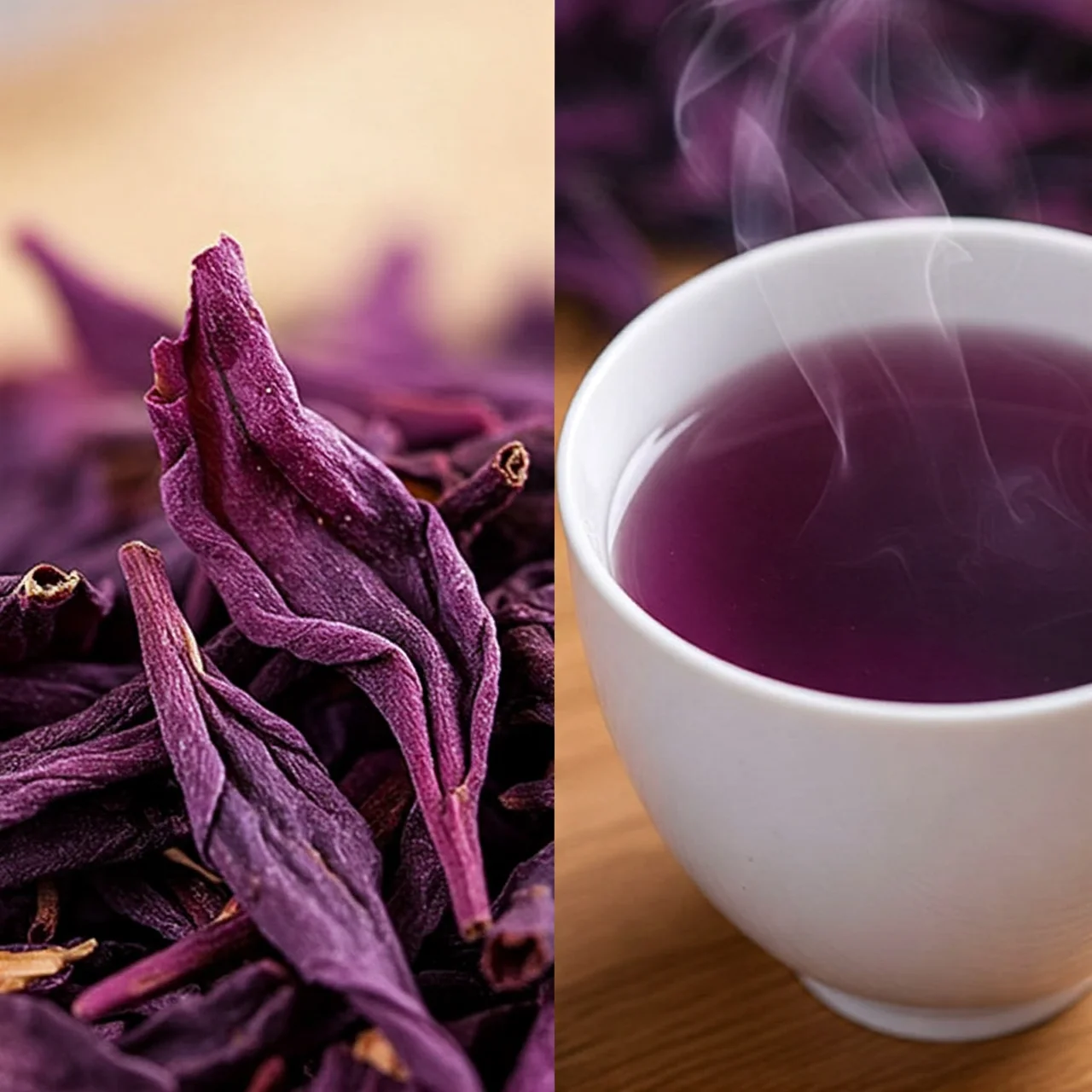
Uncover 25 fascinating tea facts, surprising trivia, and incredible health benefits! From ancient origins to modern wellness, explore the world of tea with FactsLook.
A History Older Than Civilization Itself?
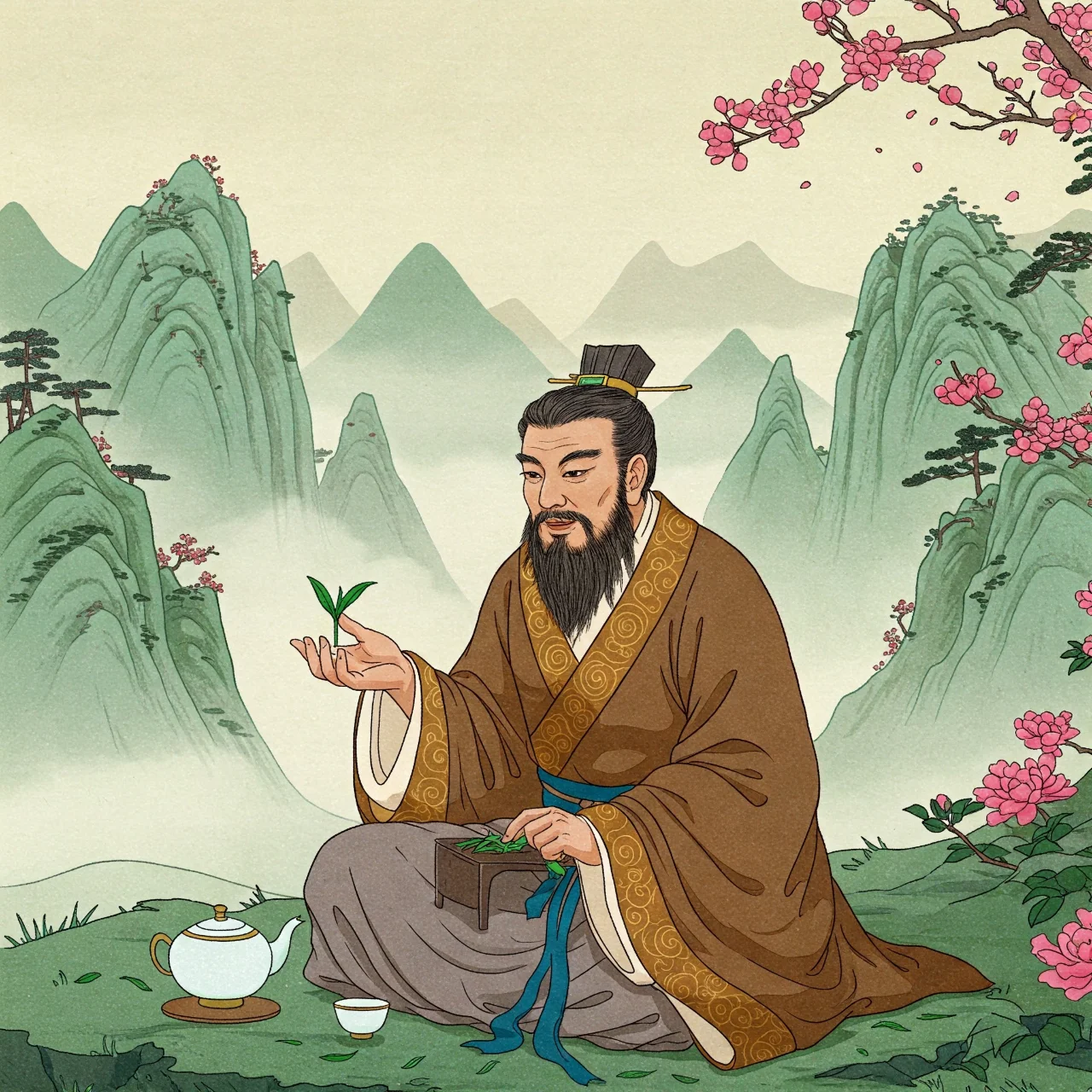
Tea's origins are steeped in legend! Evidence suggests tea consumption dates back to 2737 BC in China, with Emperor Shen Nung accidentally discovering it when tea leaves fell into his boiling water. This makes tea potentially older than many civilizations we study today, truly a beverage of ancient wisdom.
Tea & The Silk Road Connection
Tea wasn’t just a drink; it fueled trade! During the Tang Dynasty (618-907 AD), tea became a significant commodity traded along the Silk Road. Tea bricks—compressed tea leaves—were used as currency in some regions, highlighting its economic importance. Consider tea a precursor to modern global trade!
The Boston Tea Party Wasn’t About the Tea Itself

While famously known as the Boston Tea Party, the protest in 1773 wasn't solely about the colonists disliking tea. They were protesting 'taxation without representation' levied by the British government on the East India Company’s tea, a pivotal moment leading up to the American Revolution.
Different Teas, Different Leaves… Same Plant!
Surprisingly, all true teas—black, green, white, oolong, and pu-erh—originate from the *Camellia sinensis* plant! The difference lies in how the leaves are processed (oxidation, rolling, drying). This opens a world of flavor profiles from a single botanical source.
Purple Tea: A Recent Discovery

While many think of tea as green or black, purple tea is relatively new! Grown in Kenya, the purple hue comes from anthocyanins, antioxidants also found in blueberries. This tea is gaining popularity for its unique flavor and potential health benefits.
Matcha’s Unique Growing Method
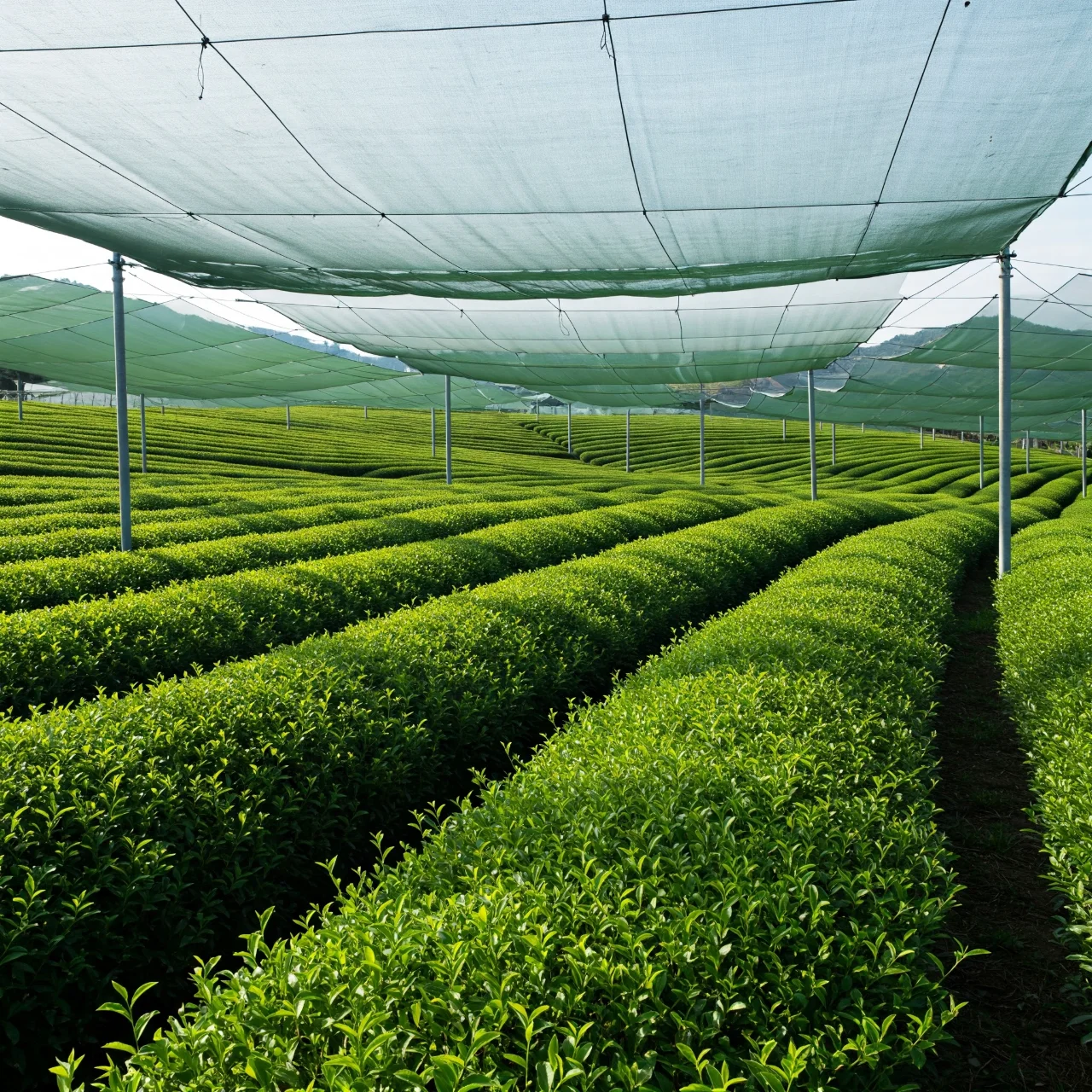
Matcha isn't just any green tea! It's made from shade-grown tea plants for 20-30 days before harvest. This increases chlorophyll levels, giving it the vibrant green color and enhancing its nutrient content. This unique process sets it apart.
Darjeeling: The 'Champagne of Teas'
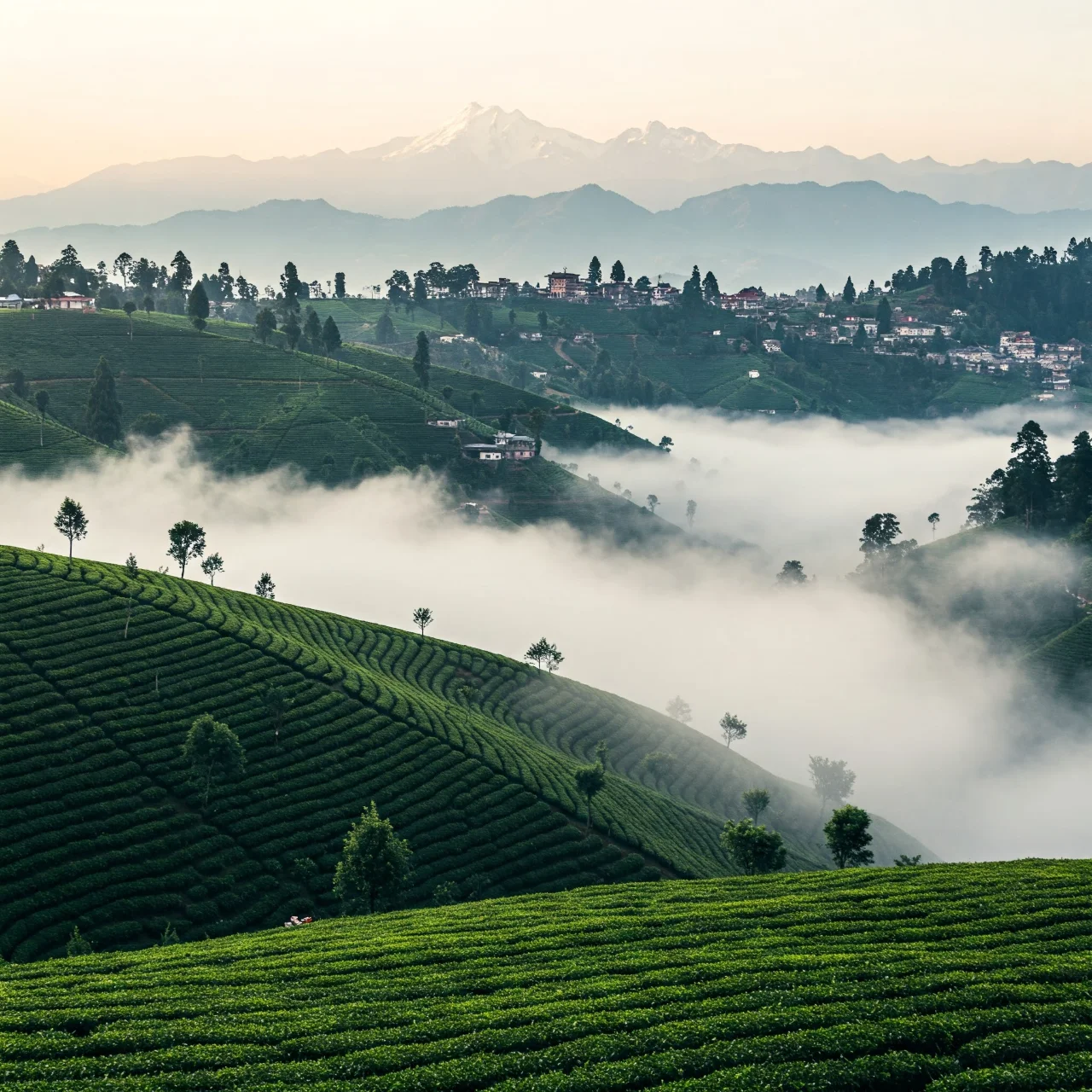
Darjeeling tea, grown in the Himalayan foothills of India, is often called the 'Champagne of Teas' due to its unique muscatel flavor. The climate and altitude create conditions perfect for producing this delicate and highly sought-after tea. [Source: https://www.darjeelingtea.com/]
Pu-erh Tea & Aging Like Wine
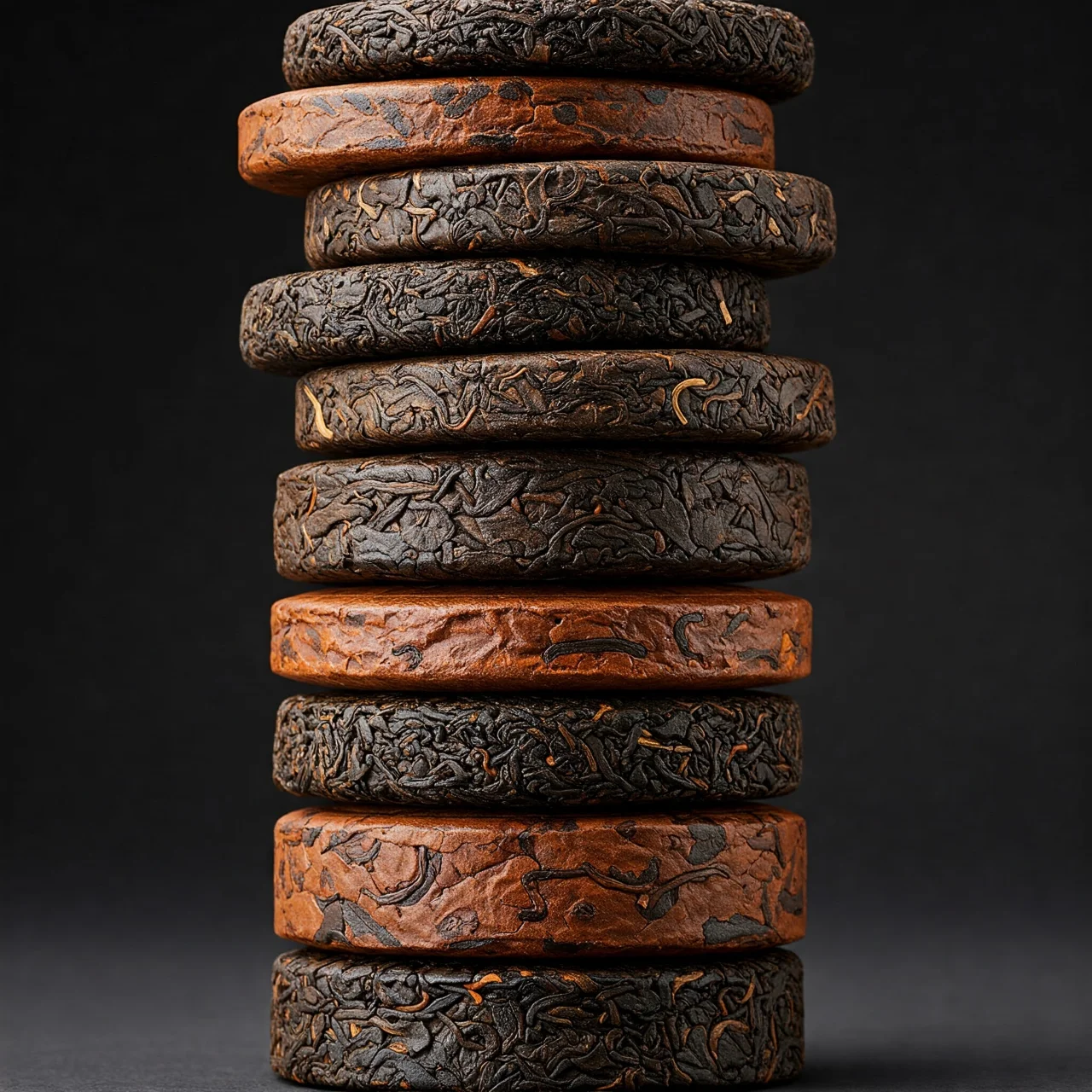
Pu-erh tea, from Yunnan province in China, is unique because it’s often aged! Like a fine wine, its flavor improves with time. The fermentation process develops complex earthy notes, and aged Pu-erh can be very valuable.
Tea Helped Fuel the British Empire
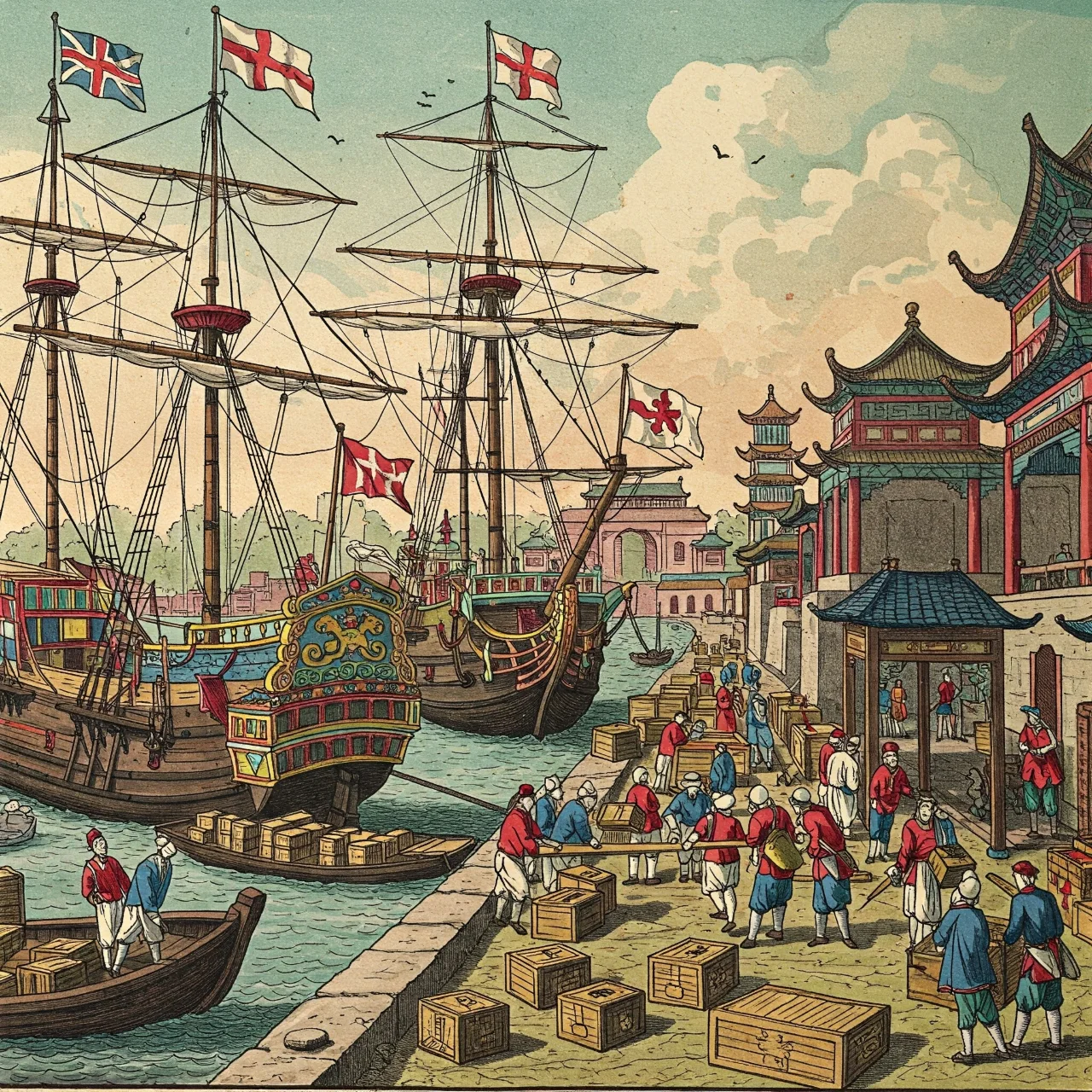
The British East India Company’s monopoly on the tea trade played a massive role in shaping the British Empire. Tea became a national obsession, and the company's control over the supply had significant political and economic consequences.
Earl Grey's Mysterious Origins
The story behind Earl Grey tea is debated! Legend says it was created for Charles Grey, the 2nd Earl Grey, by a Chinese mandarin. However, evidence suggests it was a commercial blend developed later to appeal to the British aristocracy.
Theanine: Tea's Calming Secret
Tea contains L-theanine, an amino acid known for promoting relaxation without drowsiness. It works synergistically with caffeine, providing a calm alertness – a unique benefit compared to coffee’s jolt.
Tea & Heart Health

Regular tea consumption is linked to improved heart health. Studies suggest that antioxidants in tea help lower LDL cholesterol and reduce blood pressure, decreasing the risk of cardiovascular disease. [Source: https://www.heart.org/]
Boosting Brain Function with Tea
Beyond theanine, tea’s caffeine content and antioxidants can enhance cognitive function. Studies suggest improved memory, attention, and reaction time in tea drinkers. It's a brain boost in a cup!
Tea & Cancer Prevention – Promising Research
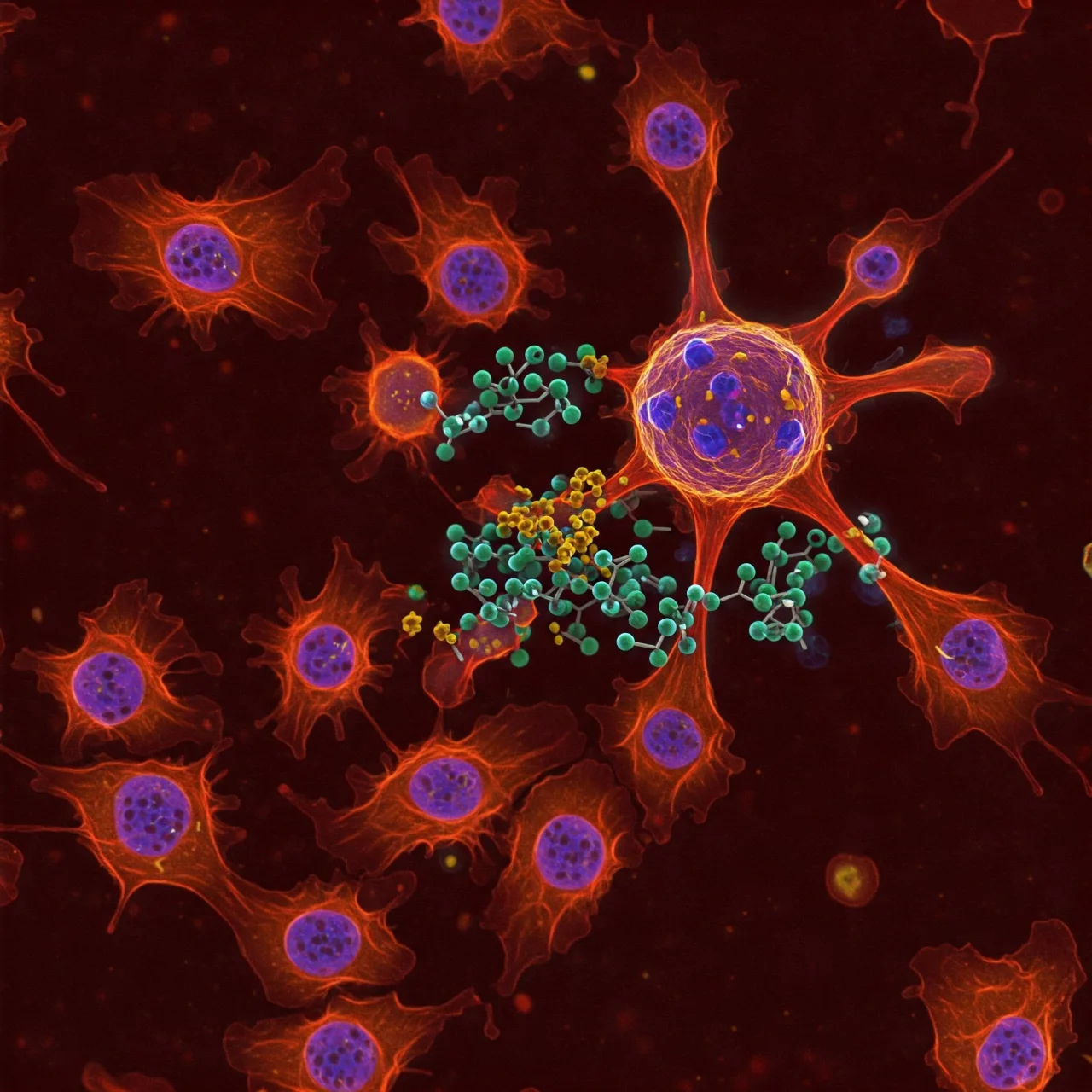
Research suggests tea – particularly green tea – may have anti-cancer properties. Compounds like polyphenols are believed to inhibit cancer cell growth, but more research is needed. [Source: https://www.cancer.gov/]
Tea's Hydrating Power

While caffeinated, tea still contributes to your daily hydration! The water content in tea helps maintain fluid balance, crucial for overall health. It’s a flavorful way to stay refreshed, especially when enjoyed iced.
The Ritual of Japanese Tea Ceremony (Chanoyu)
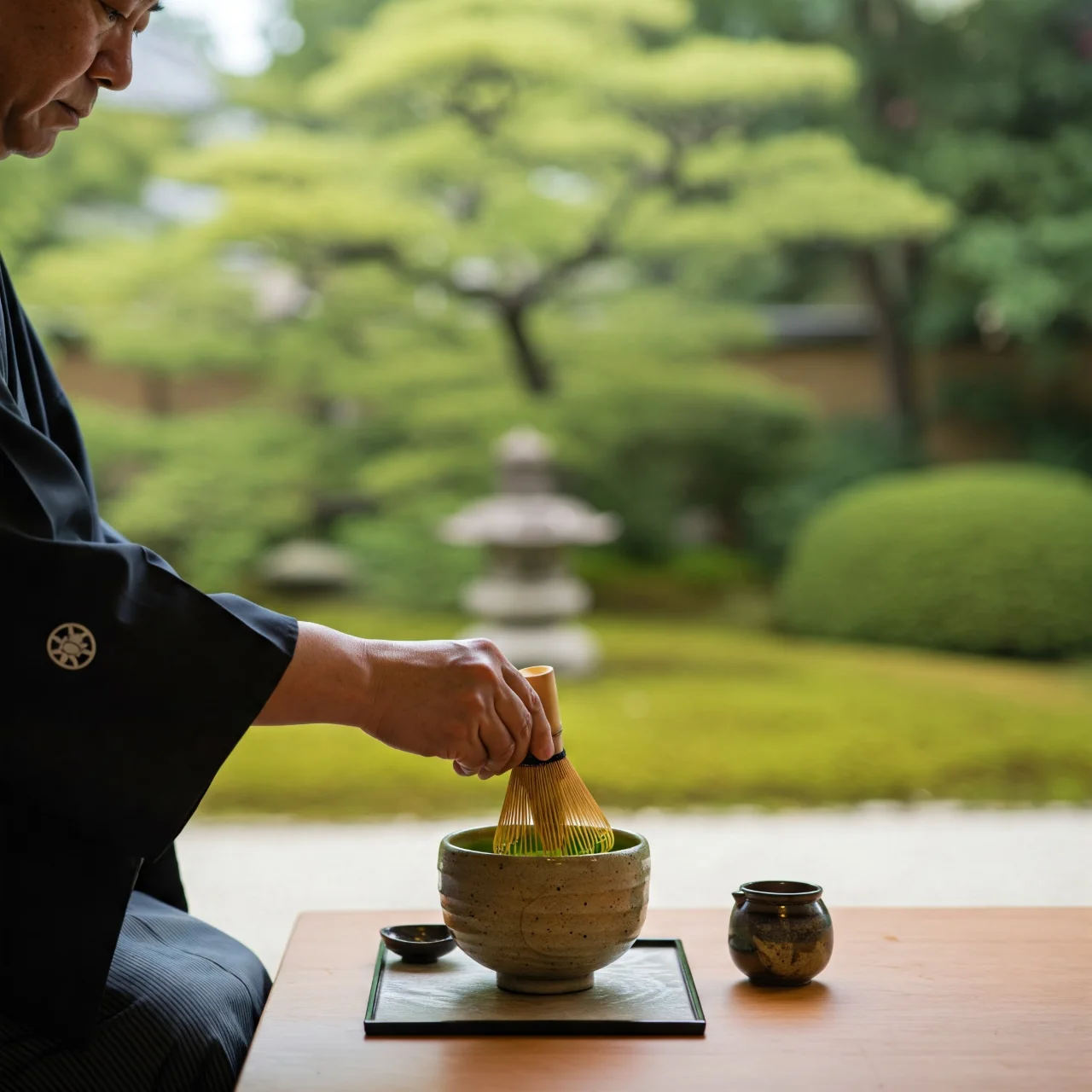
Chanoyu, the Japanese tea ceremony, is more than just preparing tea; it’s a spiritual discipline. Rooted in Zen Buddhism, it emphasizes harmony, respect, purity, and tranquility, creating a meditative experience.
Moroccan Mint Tea: A Symbol of Hospitality
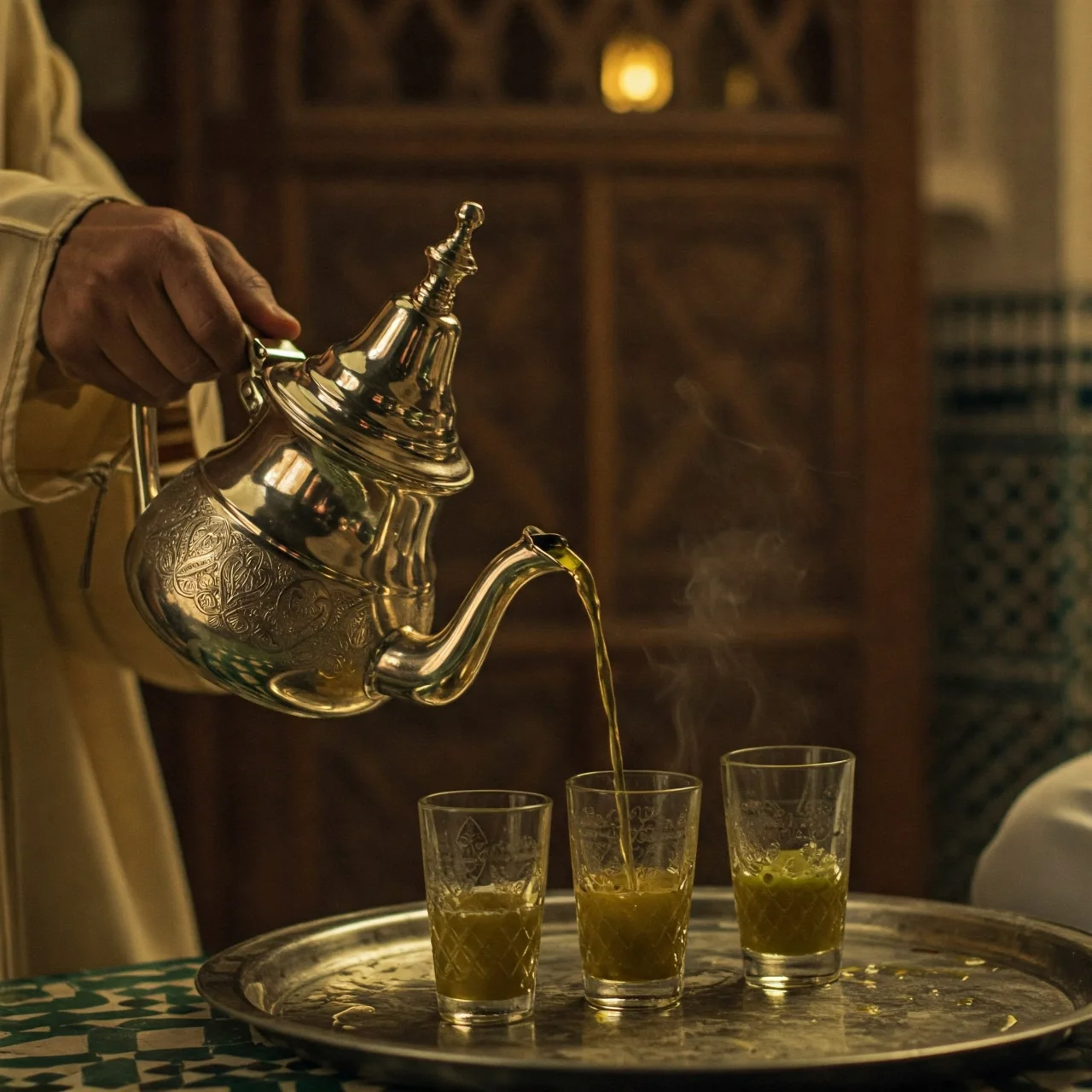
In Morocco, mint tea is a cultural cornerstone—a symbol of hospitality. It’s traditionally served three times, each pour representing a different stage of life: the first, as bitter as life; the second, as strong as love; and the third, as gentle as death.
Bubble Tea's Taiwanese Origins
Bubble tea, also known as boba, originated in Taiwan in the 1980s. Created by tea stands, it quickly became a global phenomenon, loved for its chewy tapioca pearls and customizable flavors.
Yerba Mate: Tea's South American Cousin
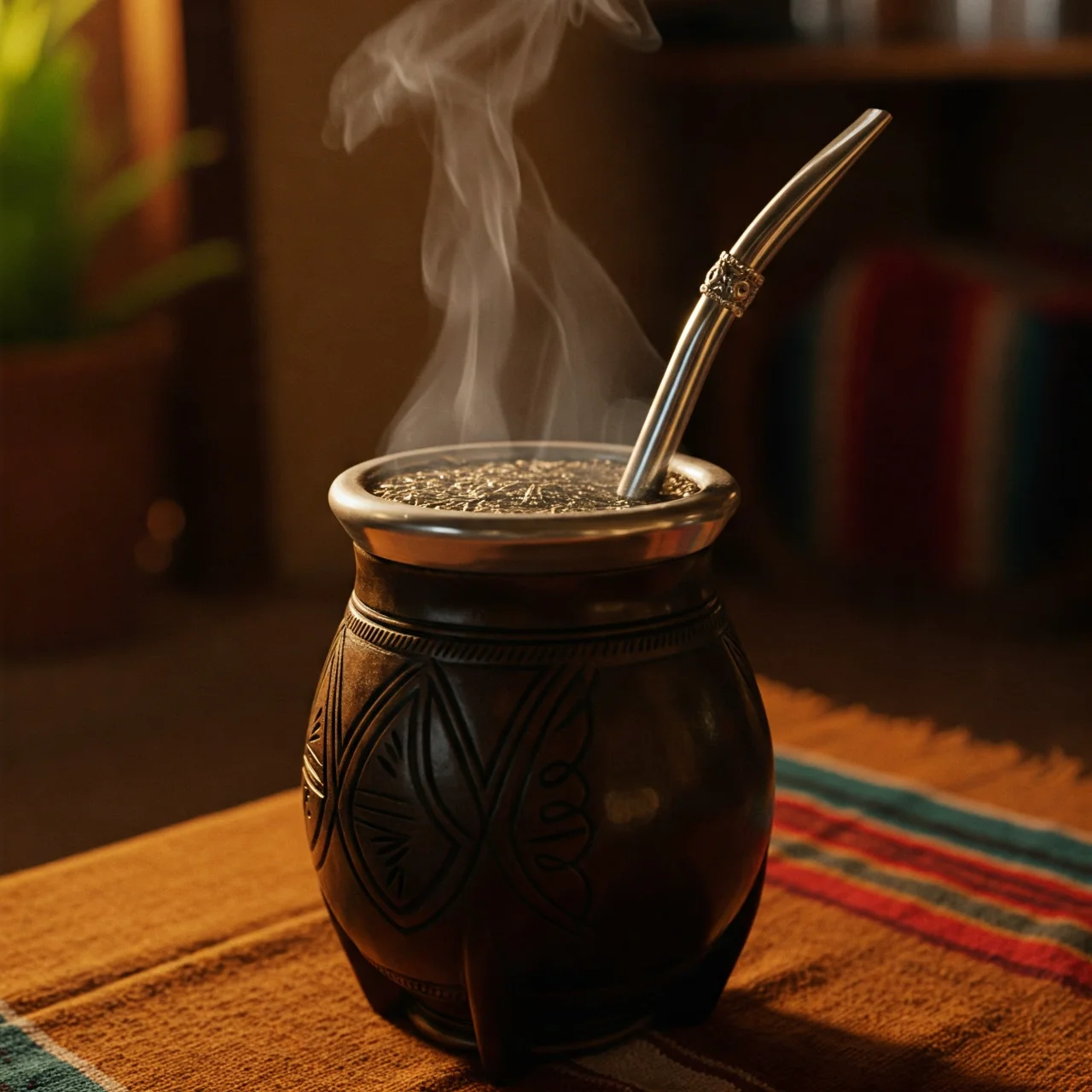
Yerba mate, popular in South America, isn't technically a tea but a caffeinated beverage made from the leaves of the yerba mate plant. Drunk from a gourd with a metal straw (bombilla), it’s a social ritual and energy booster.
Tea Bags: A Relatively Modern Invention
Surprisingly, tea bags are a relatively recent invention, created in the early 20th century! Thomas Sullivan, a tea merchant, accidentally started the trend by sending tea samples in silk bags, which customers then brewed directly in water.
White Tea: The Least Processed Tea
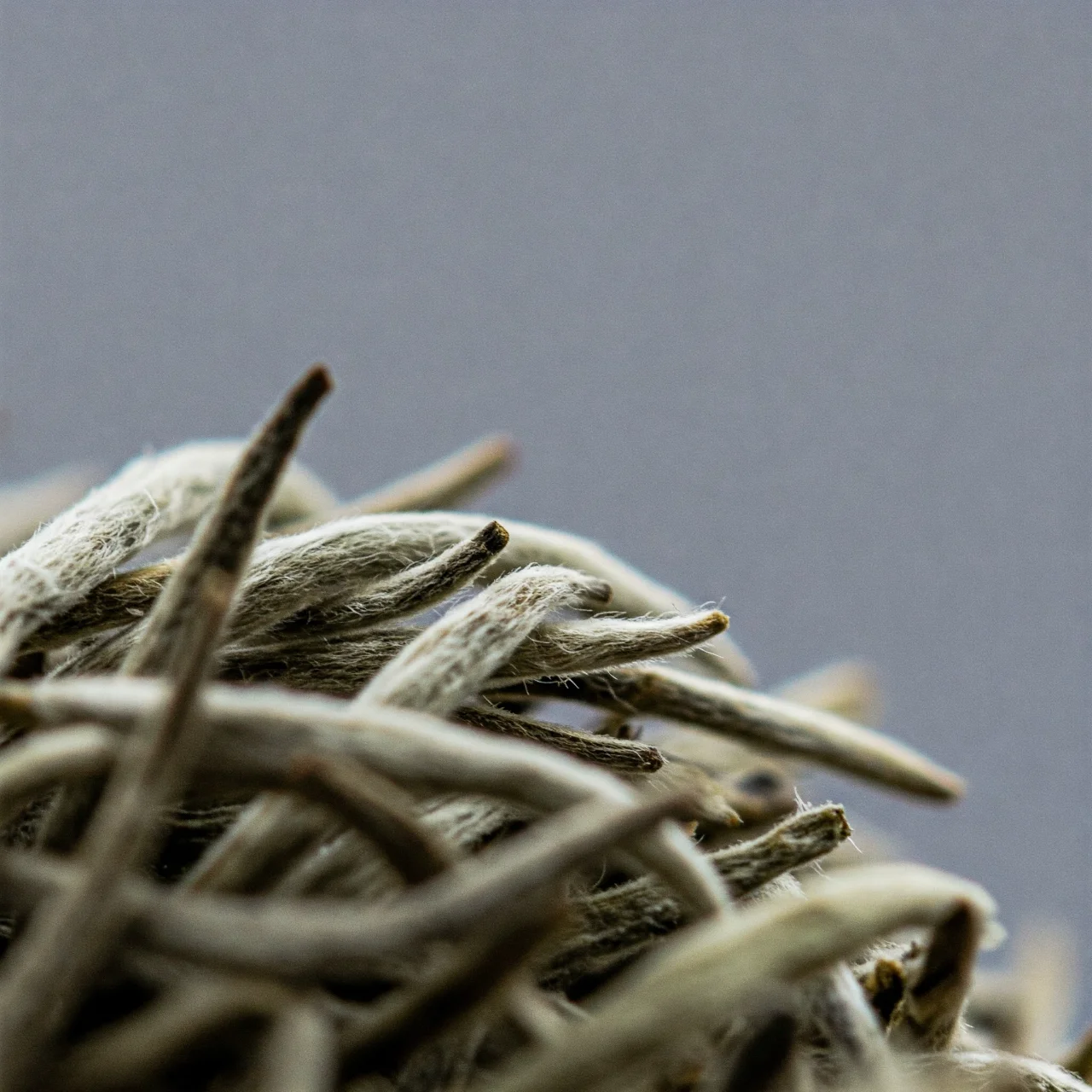
White tea is the least processed type of tea, made from young tea buds covered in fine white hairs. This minimal processing preserves its delicate flavor and high antioxidant content, making it a prized variety.
Oolong Tea: A Spectrum of Flavors
Oolong tea occupies a fascinating space between green and black tea. Its partial oxidation allows for a wide range of flavors, from floral and fruity to roasted and woody. Production techniques vary greatly, creating diverse profiles.
Tea Cultivation & Sustainable Practices
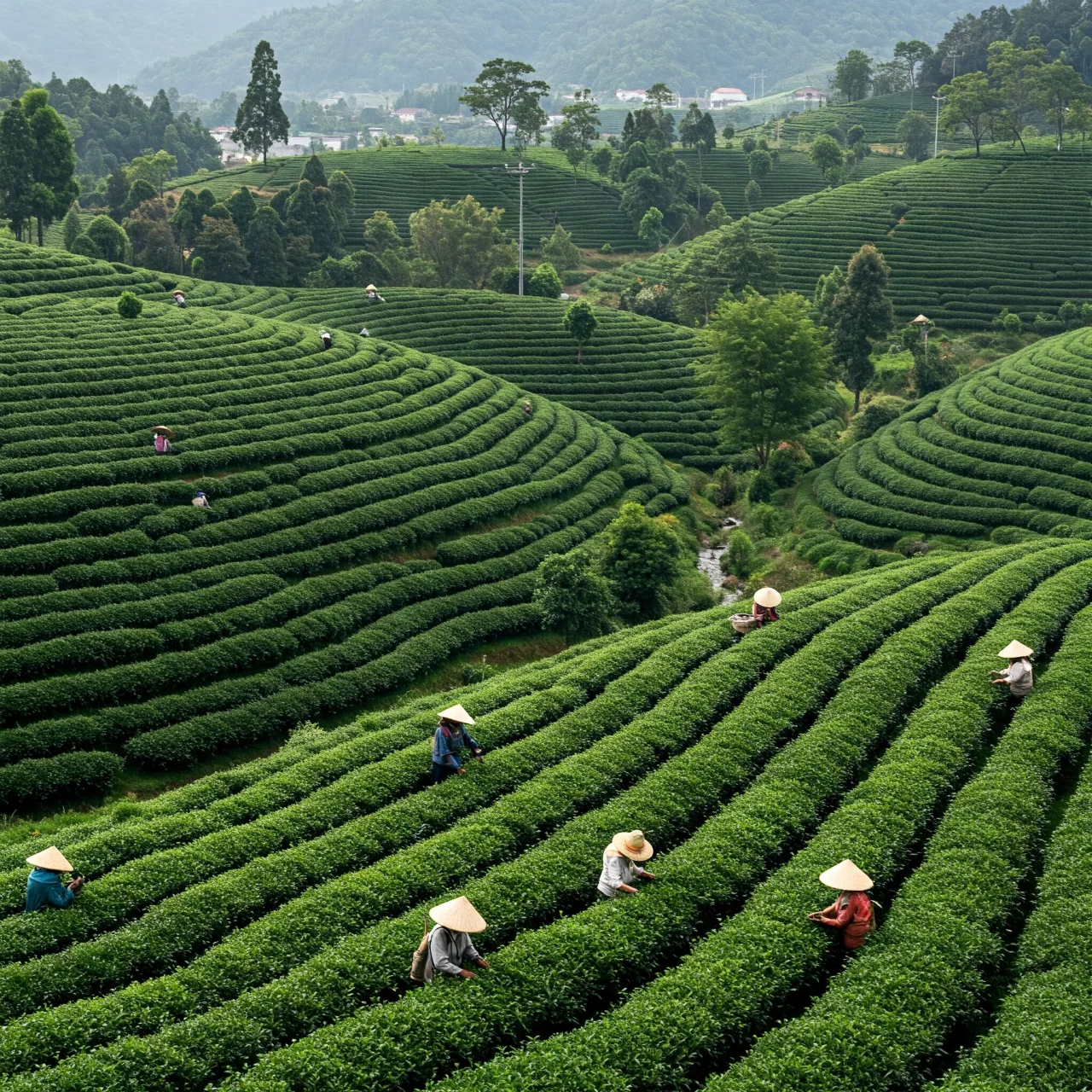
Sustainable tea farming is gaining importance. Ethical practices focus on fair labor standards, environmental protection, and biodiversity preservation. Choosing certified organic or Fair Trade teas supports these efforts.
The World's Most Expensive Tea
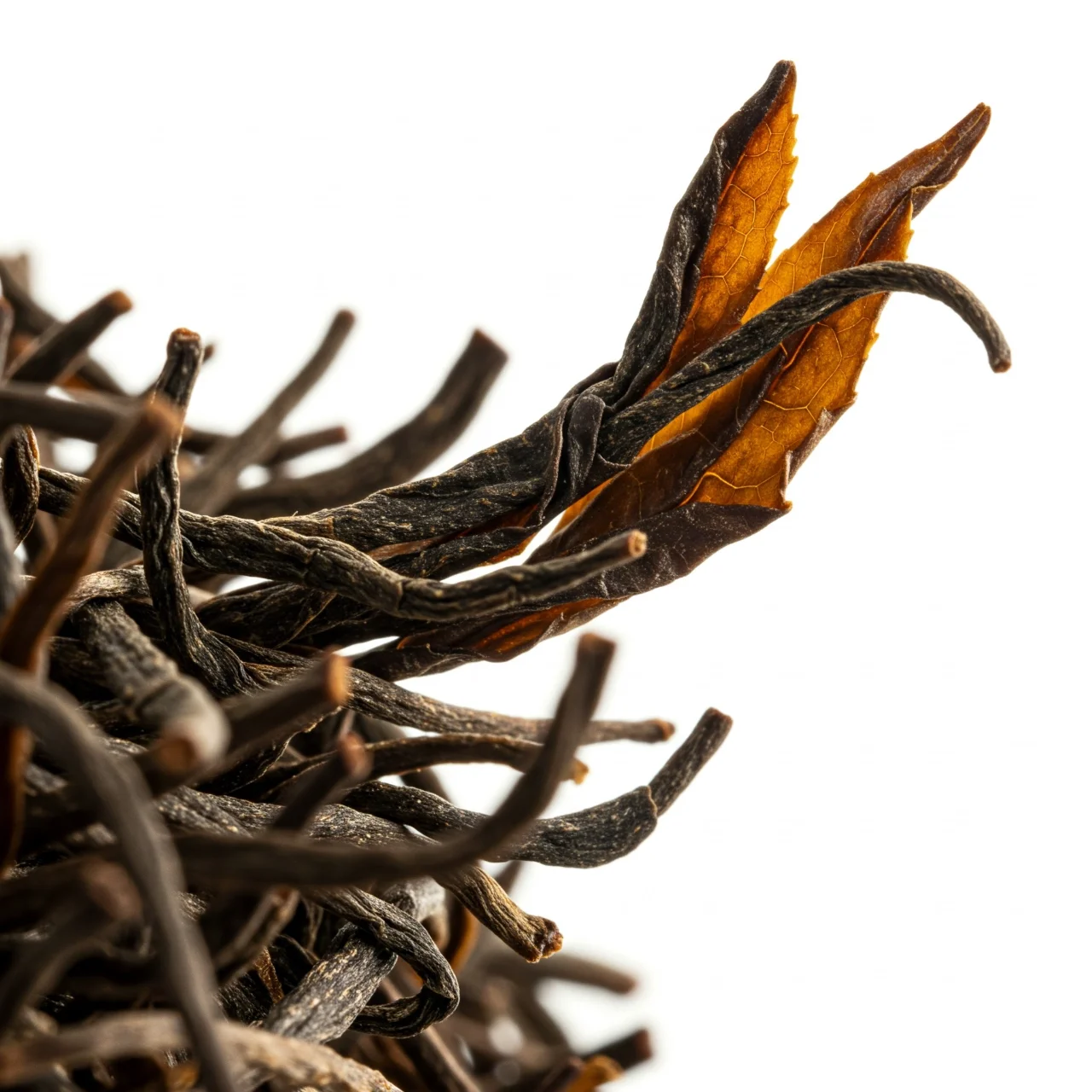
Da Hong Pao (Big Red Robe) tea, a type of Wuyi rock tea, is one of the most expensive in the world. Legend has it that it cured the mother of a Ming dynasty emperor, and it's now incredibly rare and highly sought after.
Comments
Loading comments...